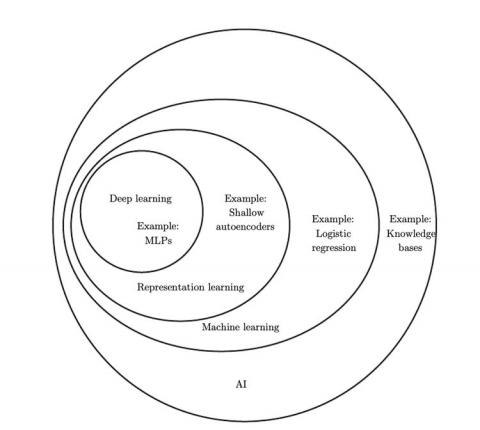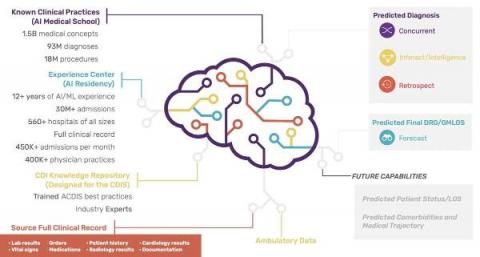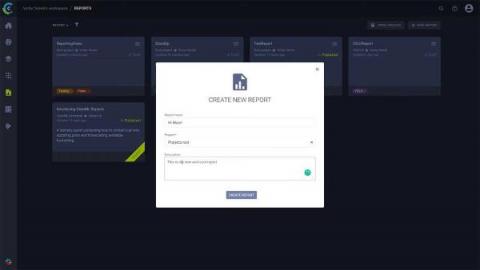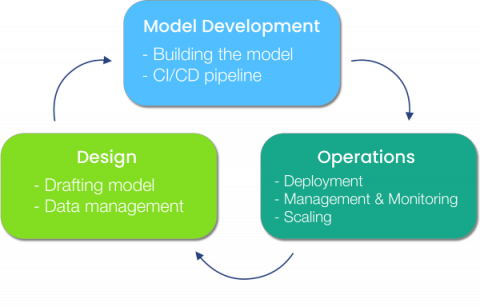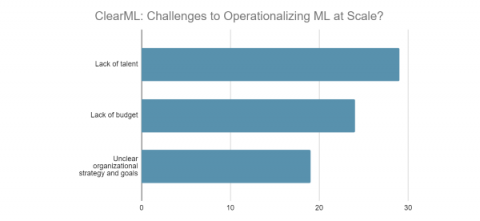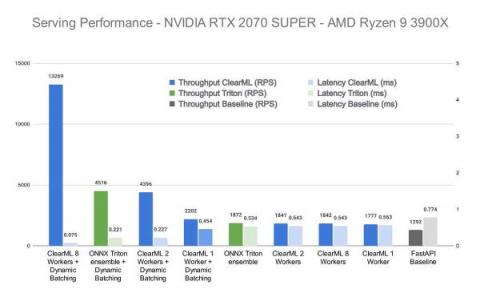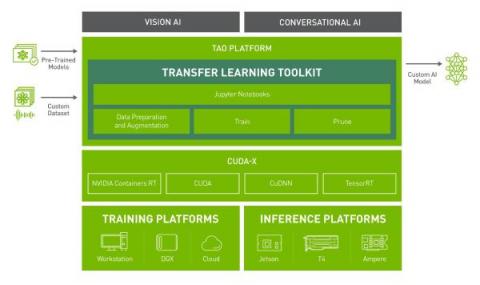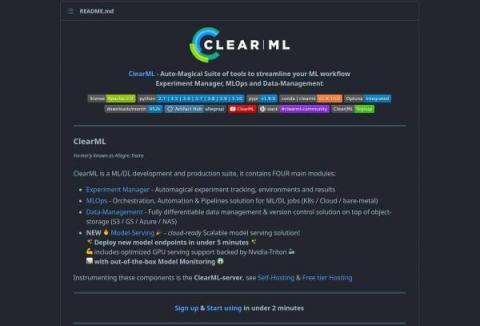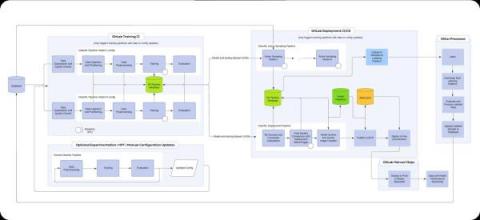What Is Deep Learning? A Guide to Deep Learning Use Cases, Applications, and Benefits
Deep learning has become a buzzword in the field of artificial intelligence (AI) in recent years. It has achieved impressive results in a variety of tasks, including image and speech recognition, natural language processing, and even playing games.


